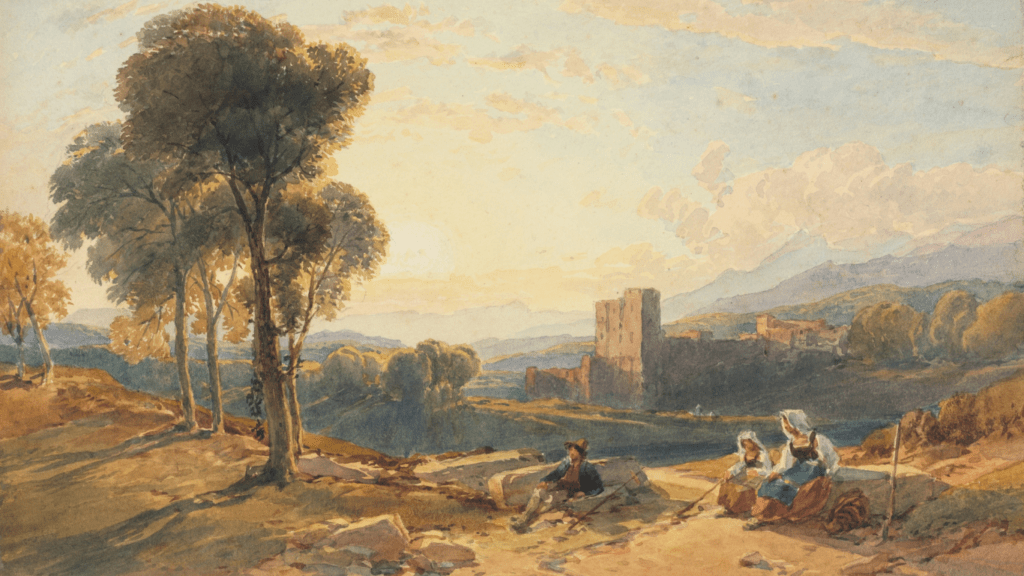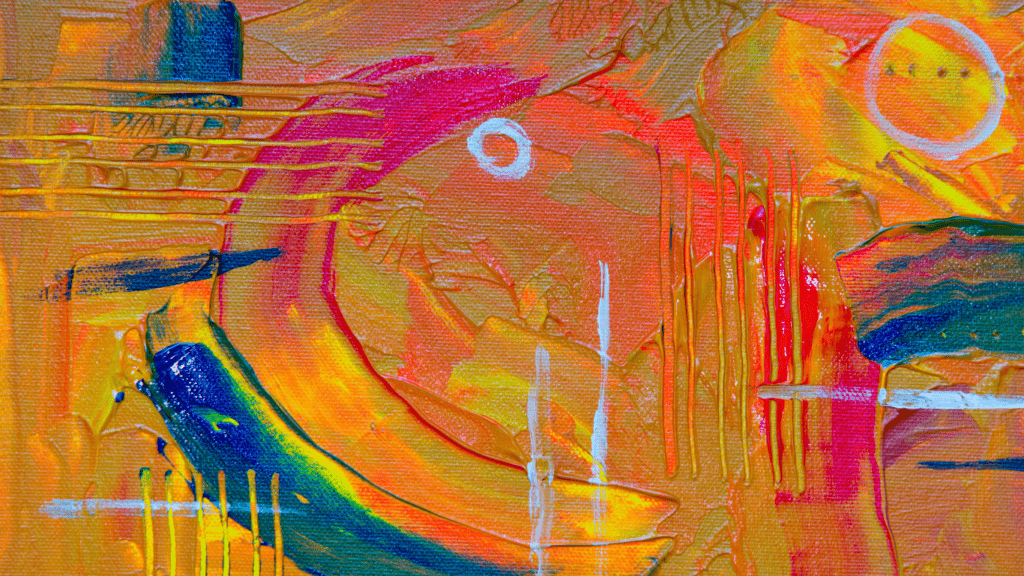Understanding Feminist Art
Feminist art focuses on themes of gender inequality and social justice. Artists like Judy Chicago and Miriam Schapiro paved the way in the 1970s, using their work to highlight the marginalized voices of women. Feminist art extends beyond painting and sculptures to include performance art, installations, and digital media.
Historical Background outlines the origins of feminist art. The movement gained momentum in the 1970s amid the broader women’s liberation movement. Female artists sought to counter male-dominated artistic narratives by creating work that resonated with women’s experiences and perspectives.
Key Characteristics define feminist art. It often critiques societal norms, challenges traditional gender roles, and portrays the female body and identity in empowering ways. The art employs various elements, such as:
- symbolism
- narrative
to convey its messages. Influence and Legacy underscore feminist art’s impact on the art world and beyond. It has shaped contemporary art practices and inspired new generations of artists. The movement promotes a diverse and inclusive representation of women, helping to break down stereotypes and prejudices.
Historical Context
The feminist art movement emerged against a backdrop of social transformation and activism. Addressing gender inequalities, artists began creating works that reflected their lived experiences and perspectives.
Early Beginnings
In the 1960s and early 1970s, feminist art started gaining traction. The women’s liberation movement provided a fertile ground for this artistic evolution. Female artists sought spaces to exhibit work that defied traditional patriarchal norms. During this period, groundbreaking exhibitions like “Womanhouse” in 1972 showcased the potential of feminist collective action in art.
Key Figures and Movements
Several influential figures emerged during this transformative period, shaping feminist art’s trajectory. Judy Chicago created “The Dinner Party,” an iconic feminist artwork celebrating women’s history. Miriam Schapiro, a key figure in the Pattern and Decoration movement, integrated craft and fine art, emphasizing traditionally undervalued female art forms.
Other pivotal movements included the Guerrilla Girls, formed in 1985. They used anonymity and guerrilla tactics to highlight sexism and racism in the art world. The Women’s Art Movement in Australia also made significant strides in the 1970s, promoting feminist art and networking among women artists.
This historical context underscores the feminist art movement’s roots in advocacy, equality, and creativity, providing a foundation for contemporary feminist artists and their endeavors.
Feminist Art in the 20th Century
In the 20th century, feminist art gained momentum, challenging traditional art norms and engaging with socio-political issues. Artists began pushing boundaries and questioning gender roles through various art forms.
The Role of Galleries and Exhibitions
- Galleries played a crucial role in the dissemination of feminist art. Institutions like the Women’s Building in Los Angeles provided a dedicated space for female artists.
- In 1972, the Womanhouse project, led by Judy Chicago and Miriam Schapiro, transformed an abandoned house into a venue for feminist expression.
- Exhibitions such as the “WACK! Art and the Feminist Revolution” showcased feminist works globally, emphasizing their significance.
Impact on Mainstream Art
- Feminist art profoundly influenced mainstream art by introducing new perspectives and themes.
- The Guerrilla Girls, an anonymous collective of feminist artists, brought attention to gender inequalities in the art world with their provocative posters and performances.
- Their 1985 poster, “Do Women Have to be Naked to Get into the Met. Museum?”, highlighted the underrepresentation of female artists. This activism prompted increased visibility and opportunities for women in the art industry.
Contemporary Feminist Art

Contemporary feminist art continues to challenge social norms and empower women. It leverages new forms and technologies to amplify women’s voices in the art world.
Notable Artists
Several contemporary artists have significantly impacted feminist art. Cindy Sherman is known for her conceptual portraits exploring identity and female stereotypes. Another influential artist, Kara Walker, uses her work to tackle race, gender, and violence. Yayoi Kusama’s immersive installations and polka-dot motifs comment on themes of infinity and self-obliteration. Additionally, artists like Jenny Holzer use text-based works to bring attention to social issues, while Barbara Kruger critiques consumerism and patriarchy with her bold text-over-image art.
Innovative Techniques and Media
Contemporary feminist artists are known for their innovative techniques and media. Digital art has become a pivotal medium, with artists using platforms like social media to reach wider audiences. Performance art remains a powerful tool, as shown by Marina Abramović, whose work often explores themes of identity and endurance. Installations allow artists to create immersive experiences that engage audiences directly. Video art, as used by Shirin Neshat, explores cultural identity and gender politics. Moreover, some artists incorporate virtual reality (VR) and augmented reality (AR) to create interactive pieces that challenge traditional viewers’ experiences.
These innovative approaches and prominent figures have ensured that contemporary feminist art remains a dynamic and influential force in the art world.
Themes and Messages
Feminist art embodies diverse themes and messages that drive social change and empowerment. Key themes include challenging patriarchy and exploring identity and body politics.
Challenging Patriarchy
Feminist artists confront patriarchal structures and critique gender inequality. Judy Chicago’s “The Dinner Party” (1974-1979) reclaims women’s historical contributions, showing their absence in mainstream narratives. The Guerrilla Girls use provocative posters and public performances to expose sexism and racism in institutions. They highlight disparities, such as the underrepresentation of female artists in museums. Through these efforts, feminist art amplifies critiques of systemic sexism and seeks to reshape cultural narratives.
Exploring Identity and Body Politics
Artists explore how societal norms shape personal identity and perceptions of the female body. Cindy Sherman’s photographic self-portraits challenge traditional notions of femininity by embodying different personas. Kara Walker’s silhouettes depict racial and gender histories, revealing how intersecting identities inform body politics. Barbara Kruger’s text-based works juxtapose powerful imagery with provocative statements, questioning consumerism and identity construction. By addressing identity and body politics, feminist art fosters a deeper understanding of self and society.
Global Perspectives
Feminist art, a powerful movement for change and empowerment, manifests differently worldwide. Each culture, with its unique history and societal constructs, reflects feminist art through diverse lenses.
Feminist Art in Different Cultures
In Latin America, feminist art often tackles themes of political violence and social inequality. Artists like Monica Mayer use performance and installations to address issues like machismo and femicide. African feminist art dives into post-colonial narratives and gender-related struggles.
Zanele Muholi’s photography documents the lives of Black LGBTQ+ individuals, highlighting intersectional experiences. In Asia, feminist artists such as Kimsooja and Shirin Neshat explore identity, diaspora, and women’s roles in both local traditions and global frameworks. European feminist art frequently navigates through historical contexts, with artists like Valie Export challenging established norms and advocating for gender equality in public spaces.
Cross-Cultural Collaborations
Cross-cultural collaborations in feminist art break down geographical and ideological boundaries, creating a unified front for advocacy. The “Global Feminisms” exhibition, held at the Brooklyn Museum in 2007, showcased works by artists from over 50 countries, emphasizing global solidarity. Initiatives like the “Women’s Art Initiative,” which connects artists from the Global North and South, foster resource sharing and joint exhibitions. Digital media further enhances these collaborations, allowing artists from different continents to co-create and share their work seamlessly across virtual platforms.
Through these collaborations, feminist art gains a broader platform to address universal themes of gender equality while respecting and incorporating cultural specificities.





